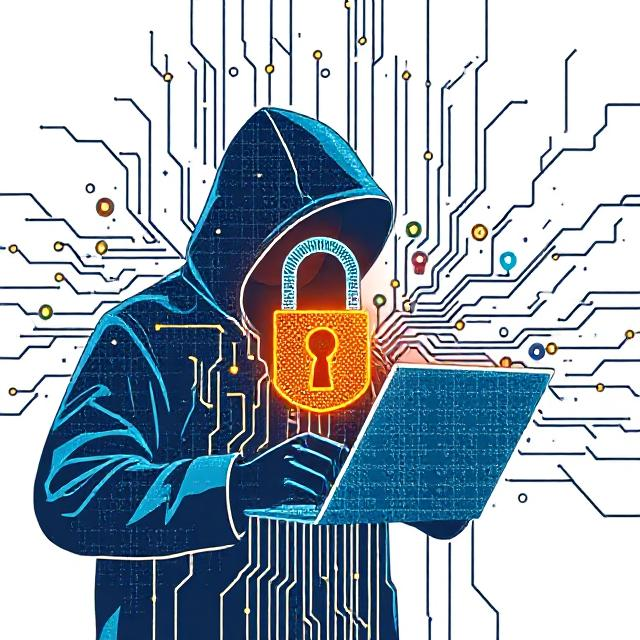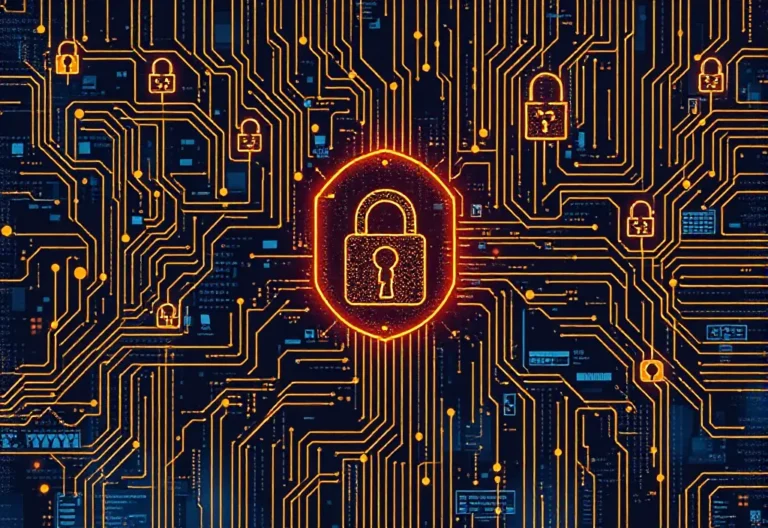Vetting Cybersecurity Vendors: A Critical Step in Protecting Your Business

Vetting Cybersecurity Vendors A Critical Step in Protecting Your Business
One of the most effective ways to enhance your business’s data security is by partnering with a Managed Service Provider (MSP) or I.T. Service Provider (ITSP). These experts specialize in addressing network vulnerabilities, preventing cybercriminals from exploiting weaknesses in your systems. Beyond monitoring and managing servers, MSPs and ITSPs play a critical role in fortifying your cybersecurity strategy. They implement a range of measures to protect your network from attacks and safeguard sensitive data.
1 – Multi-Factor Authentication (MFA)
Cybercriminals are becoming increasingly skilled at stealing credentials, making it essential to implement Multi-Factor Authentication (MFA) for all users. MFA adds an extra layer of security by requiring three key elements for access: a password, a security token (such as a one-time code), and biometric verification (like fingerprint or facial recognition).
Even if attackers manage to breach one layer of security—such as obtaining a user’s password—they’ll still face significant barriers in accessing sensitive information. By enforcing MFA across your systems, you drastically reduce the risk of unauthorized access and protect your business from credential-based attacks.
2 – Prioritize Regular Patching
Exploiting vulnerabilities in outdated applications and operating systems is a common tactic used by hackers to infiltrate networks and compromise data. To mitigate this risk, regular patching must be a top priority.
Ensuring that all software, systems, and applications are updated with the latest security patches helps close known vulnerabilities and reduces the likelihood of exploitation. MSPs and ITSPs should establish a structured patch management process, including automated updates where possible, to keep systems secure and compliant with industry standards.
3 – Conduct Regular Cybersecurity Audits
For MSPs and ITSPs, staying vigilant about access privileges and internal movements within an organization is crucial. This requires conducting frequent cybersecurity audits to evaluate the effectiveness of existing security measures and identify potential weaknesses.
Many providers partner with third-party firms to perform these audits, ensuring an unbiased assessment. Audits help detect issues such as former employees retaining unnecessary access to sensitive systems, which could jeopardize client data.
Additionally, audits enable MSPs and ITSPs to enforce stricter access controls, such as:
- IP Restrictions: Limiting remote administration tool access to users on the local network.
- RMM Software Updates: Ensuring Remote Monitoring and Management (RMM) tools are regularly updated to address vulnerabilities.
- RDP Security: Securing Remote Desktop Protocol (RDP) to minimize the risk of ransomware attacks and unauthorized access.
4 – Implement Off-Site Backups
Backups are a cornerstone of disaster recovery and business continuity planning, especially in the face of cyberattacks like ransomware. They ensure that both your company and its clients can recover the latest versions of their data and applications quickly and efficiently.
However, relying solely on on-site backups can be risky. If attackers compromise your Remote Monitoring and Management (RMM) software, they may also gain access to local backups, rendering them useless.
To mitigate this risk, MSPs and ITSPs should establish off-site backups that are stored separately from the primary network. These backups should:
- Be accessible only to a limited number of authorized personnel.
- Be kept offline (air-gapped) to prevent unauthorized access or tampering.
By implementing off-site backups, businesses can safeguard their data against even the most sophisticated attacks and ensure operational resilience.
5 – Incorporate Log Monitoring
Log monitoring involves analyzing system logs to identify potential issues or anomalies. By scrutinizing these records, MSPs and ITSPs can detect suspicious traffic patterns from harmful sources and gain insights into threat behaviors. Over time, they can implement countermeasures to close security gaps and prevent future attacks.
For example, cybersecurity experts often use Security Information and Event Management (SIEM) tools to scan through vast amounts of data efficiently. These tools enable faster threat detection and response, helping organizations stay ahead of potential breaches.
6 – Launch Phishing Campaigns
Phishing attacks remain one of the most common tactics used by cybercriminals to steal sensitive information. These attacks often succeed due to human error, making employee awareness a critical component of cybersecurity.
To test your team’s preparedness, MSPs and ITSPs can launch simulated phishing campaigns . These campaigns mimic real-world phishing attempts, allowing you to evaluate how employees respond to suspicious emails or messages. By identifying weak points in your team’s defenses, you can provide targeted training to improve their ability to recognize and respond to phishing threats effectively.
7 – Choose Software Carefully and Secure Endpoints
The software you use—whether small browser plugins or large-scale enterprise systems—can either strengthen or weaken your cybersecurity posture. Before adopting any application, ensure the vendor prioritizes data protection and follows industry best practices for security.
Additionally, securing endpoints is crucial to preventing ransomware and other malware attacks. Use tools like web filtering , antivirus software , and email authentication protocols to block malicious emails and websites. Keep all endpoints, including devices and virus definition libraries, updated with the latest security standards to minimize vulnerabilities.
8 – Set Alerts and Document Everything
Proactive threat detection starts with configuring systems to send alerts when changes occur. Many platforms offer automated alert systems through customizable rules, templates, and direct ticketing to Professional Services Automation (PSA) tools. This eliminates the need for manual monitoring, saving time and enabling faster responses to potential threats.
Equally important is maintaining thorough documentation of your cybersecurity strategy. Record details about your defense mechanisms, emergency guidelines, and disaster recovery plans. Regularly review and update this documentation to ensure it remains relevant and effective in addressing emerging threats.
Cybersecurity Is Non-Negotiable
While digital transformation has revolutionized business operations, it has also made organizations more vulnerable to cyberattacks. To protect your valuable data and maintain your reputation, your MSP or ITSP must implement well-established security practices.
If your provider isn’t delivering essentials like off-site backups , regular patching , employee training , or proactive monitoring , you’re not getting the value you deserve. Without these measures, your business is an easy target for cybercriminals—and resolving this issue should be a top priority.





